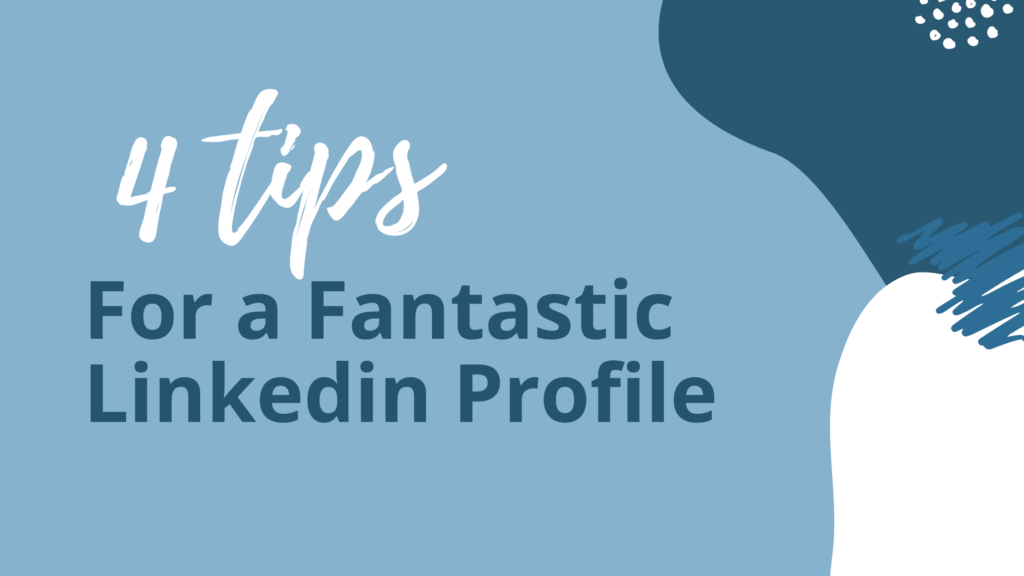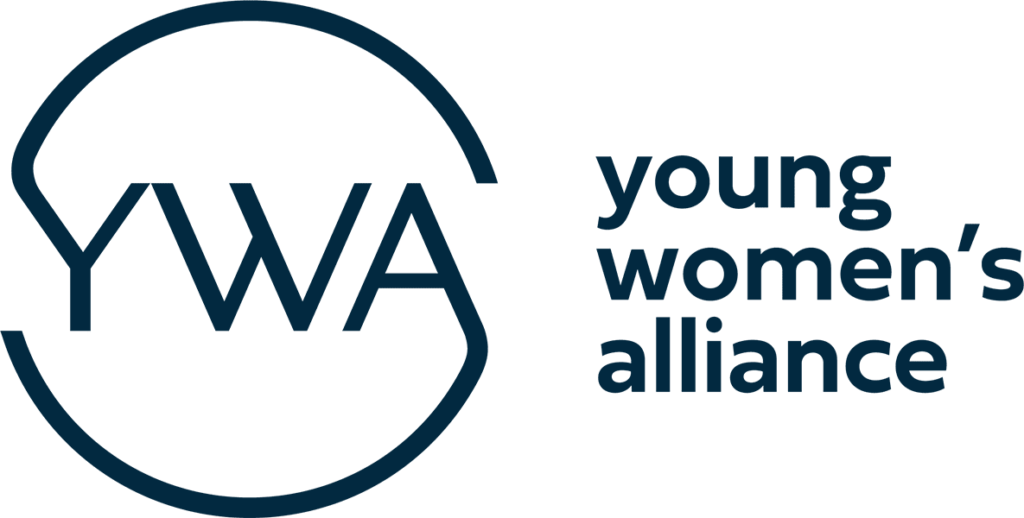

Having a Linkedin profile isn’t just about having another social media page. It’s about building your personal brand; leveraging the power of the internet for the benefit of your career. We heard from recruiter, entrepreneur, and Linkedin expert Katy Stover during our speaker series this November. She gave us some great tips and tricks for optimizing your profile, which you may not have considered before. Here are 4 of them.
Tip #1: Put your best face forward
Your profile picture is the first thing someone on Linkedin sees, and whether consciously or not, the first thing they judge. That means no selfies. No pictures from that wedding you went to with the other people cropped out; funky angles; or unprofessional outfits.
If at all possible, get a professional headshot. If that’s out of the question, have a friend take your picture instead. This should be done in a well-lit space, in front of a clean, solid backdrop.
In addition to the headshot, your background photo is also important! This image should be simple, and appealing to the eye. Just behind the photo of you, it gives you the chance to show a little more personality, or convey more about your skills or role. In general, avoid generic office photos, a city skyline, or the default image.
This first step may seem basic, but in an online networking setting, it’s truly important. It makes you more memorable. It makes the person looking at your profile feel just a little more connected to you. And creating connections is exactly what Linkedin is for.
Tip #2: Share a story
Next, let’s fill in your headline and your summary. This is where you get to put all the details that could lead you to connect with *that* person. First, your headline. It should be descriptive, include keywords, AND be understandable. “Seasoned Leader, Disrupting the Finance Industry” might sound great, but for the people reading it later…what does it mean?
Aim for a clear message. For instance, “Accounting Manager at Kitty’s Kat Kafe | 10 Years Hospitality Accounting | Financial Innovation Award Recipient”
Next, your summary. Here’s your space to give the mile-high explanation of you and your career, and to drop in those details that will help get you where you want to go next. Here is where you can be a little more personal, and include some of the interesting and important things about yourself that aren’t necessarily work-related. Do you volunteer? Run marathons? Are you known as the baker of the world’s best pies by your friends? Details like this can make you stand out from the crowd – and may say more about you as a professional as well.
Tip #3: Send a note
Besides being a place to hold the information you want to share about your current job and career history, Linkedin is of course, a professional networking site. And as is the beauty of the internet, you can connect with people in any industry, across the globe. The time will come when you want to connect with someone you don’t know or work with directly.
Since they don’t know you, do a little work reaching out to them. Take a look at their Linkedin profile and try to learn something you can relate to. Did you attend the same university? Maybe they’re a project manager, and you’re about to manage your first project. Maybe they love the same book you do (thanks, personal details!) Whatever it is, take that fact and include it in a brief personal note along with your connection request.
“Hi Jen, I came across your profile when I joined the History Enthusiasts group today. I noticed that we both got degrees in Medieval History, but now work in graphic design roles – what a coincidence! I’d love to connect with you and learn your thoughts on how they relate.” There, you show Jen why she should accept your invitation, and how you can relate to each other, with a personal touch.
Tip #4: Use keywords
To ensure you can be easily found on Linkedin, make sure you’re using the right keywords. This is even more important when you’re looking for a new job. Keywords help you show up in searches. They help you to see which roles you’re more qualified for when you read through job listings. Without them, it’s harder to find you or to see if you have what a recruiter needs.
Keywords go in your location (if someone searches by city, you had better have an accurate location listed). They go in your headline. Your ‘About’ section. The ‘Experience’ section. They go everywhere.
How do you fill your profile with the right keywords? There are a few ways to find inspiration if you’re unsure. You can Google the title of the job you want, read a sample job description, and pull usable keywords from there. Or, you could look at the Linkedin profiles of connections in your industry, or people who work in a role that you’re aiming for. See what they’re saying. Include every (relevant) keyword that you can, keeping in mind what you want to show up for.
More than a resume
Your Linkedin profile is not your resume – it’s much more. If your profile is incomplete, or could use some editing, don’t be intimidated. Now’s your chance to dive in! This is where you can add all the details that you would want a recruiter to know, but just can’t fit into the cover letter or resume. Fill it in as clearly and completely as you’re able. Soon, you could be that much closer to landing the role of your dreams.
